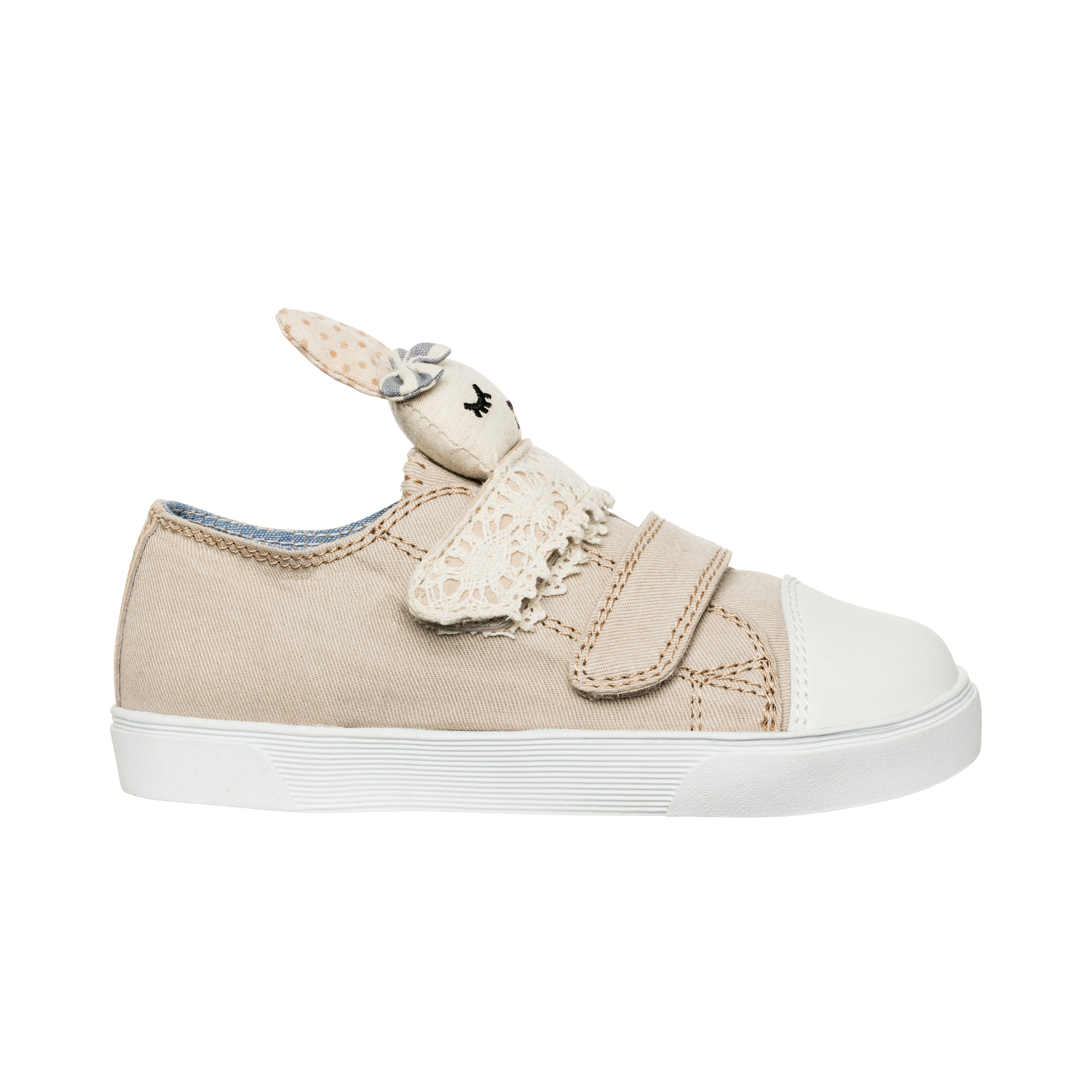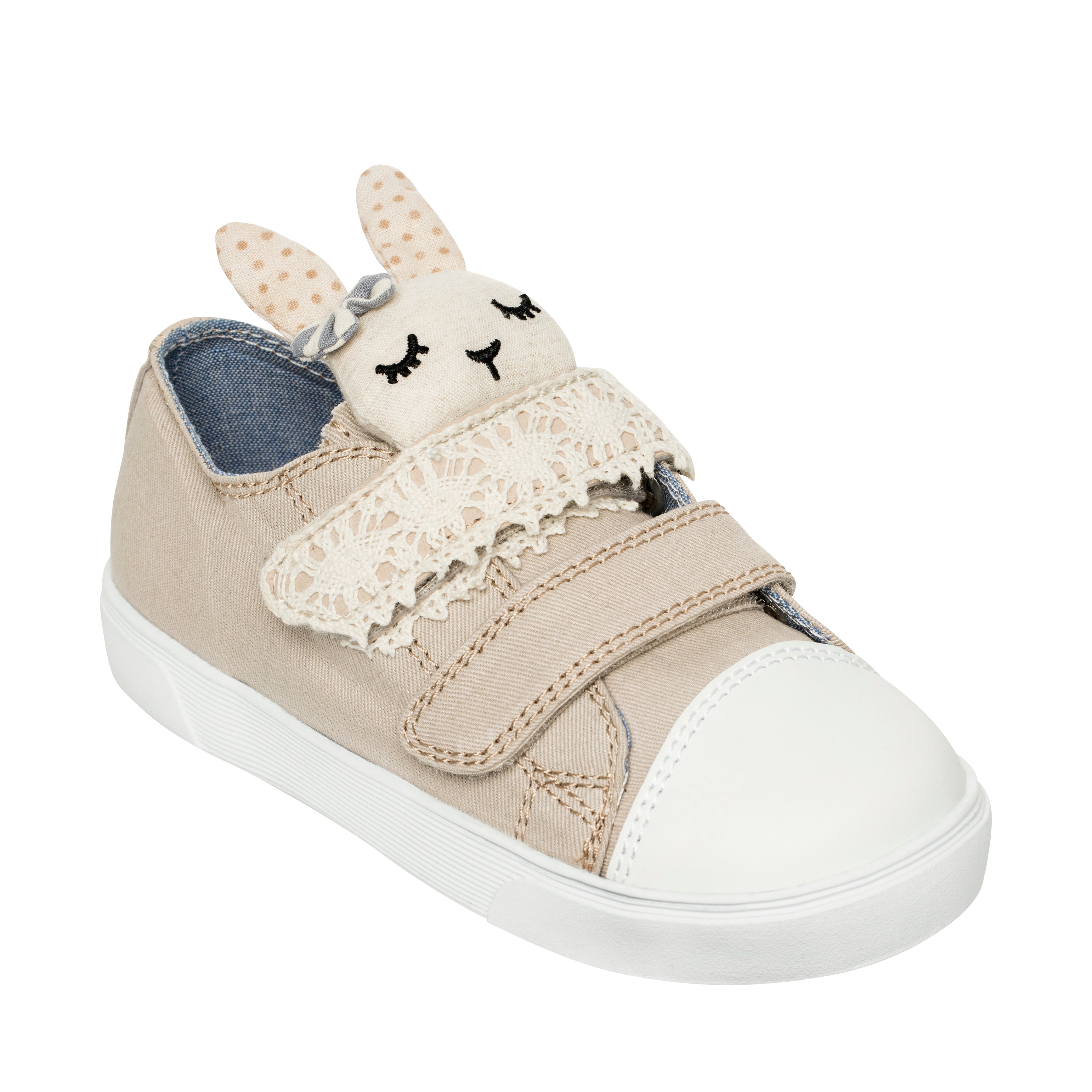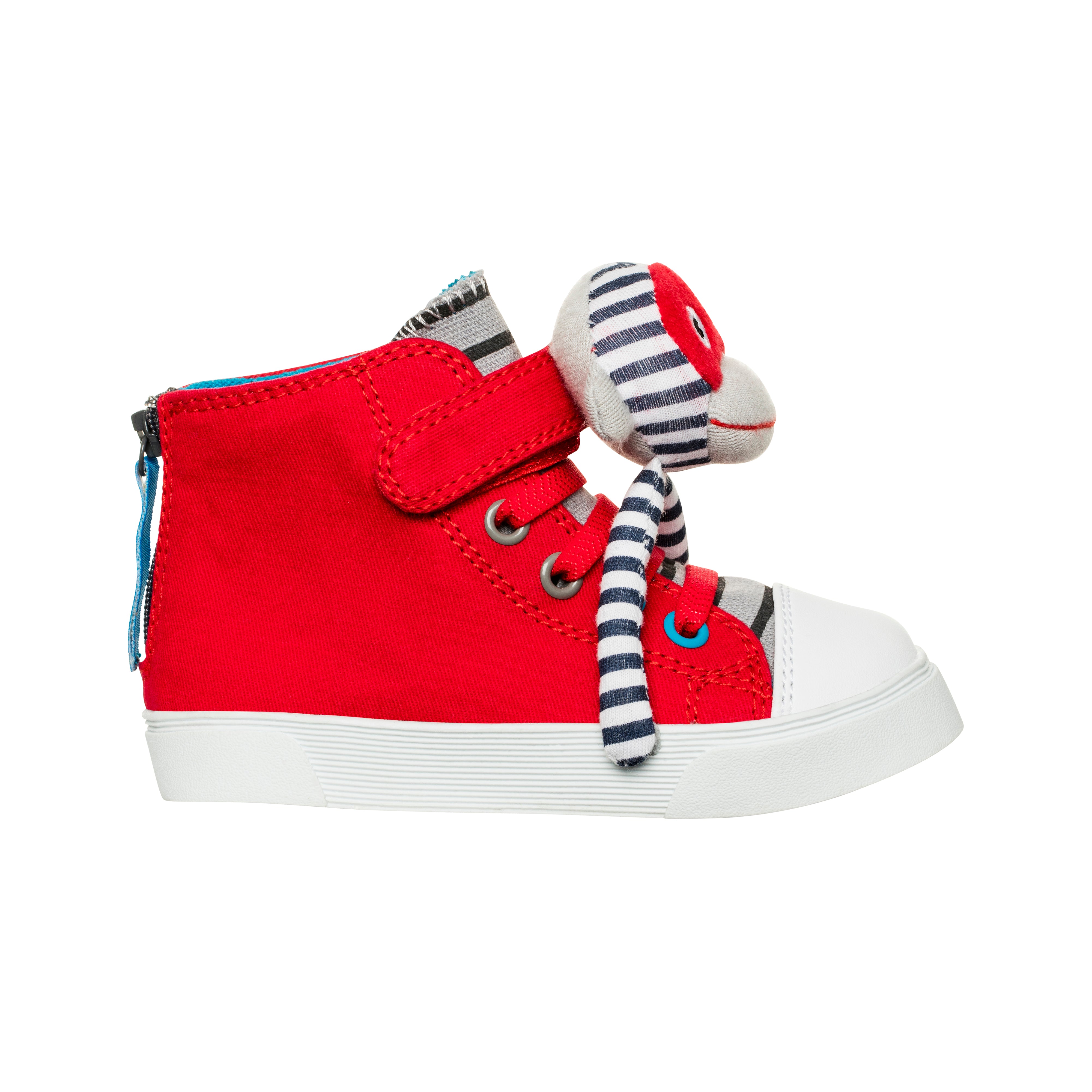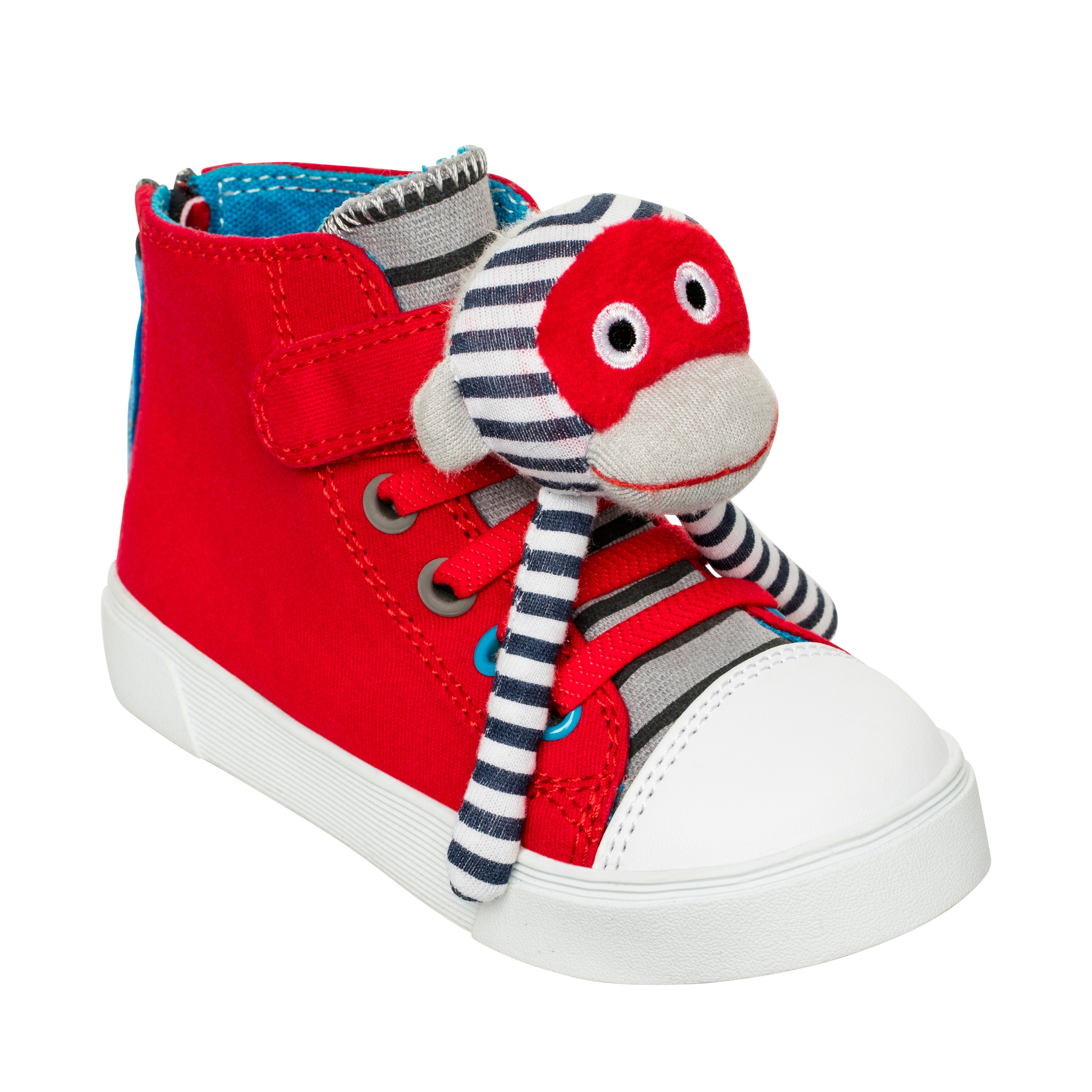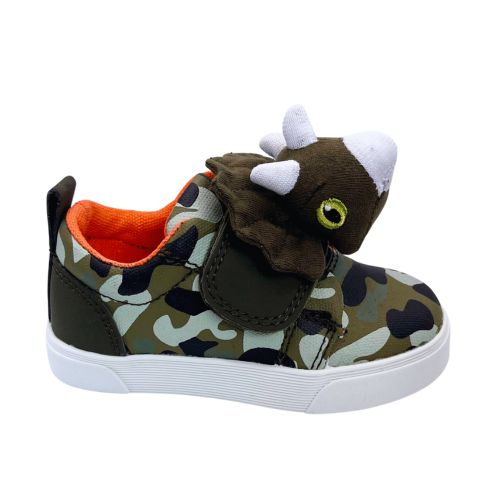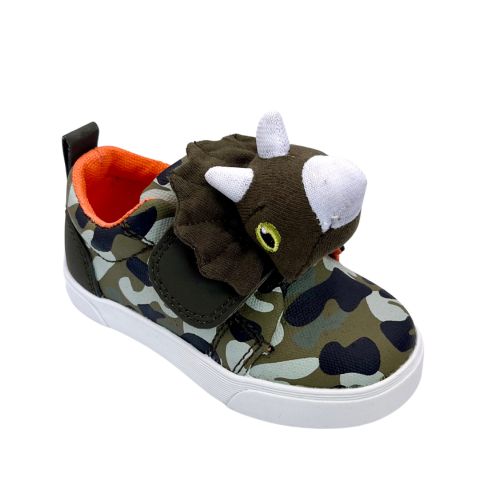As a child, I was the one hiding behind my mother’s legs at birthday parties, whispering my order at restaurants, and dreading show-and-tell. I was labeled the "shy kid", a description that seemed harmless, even endearing. Everyone assured me I'd grow out of it. And for a while, I thought I did.
Looking back, I see that what I experienced went far beyond simple shyness. It was an underlying anxiety that, while subtle at first, deeply shaped my childhood and still lingers in quieter moments of my adult life.
We often brush off childhood shyness as just a phase, a quirk that time will smooth out. But where do we draw the line? When does typical childhood hesitation transform into something more significant, something that deserves attention and support?
Understanding the Difference: Shyness vs. Social Anxiety
Shyness is a feeling of discomfort in new social situations. It might mean hesitating before speaking, preferring to observe rather than participate, or needing a little extra encouragement to step forward. But social anxiety is different. It isn't just discomfort—it’s fear. A persistent, paralysing fear of judgment, humiliation, or rejection.
Social anxiety isn’t just about big moments like school presentations, it’s about everyday interactions. Talking to a classmate, answering a question in class, or even making eye contact can feel overwhelming. It’s not just an occasional worry; it’s a constant undercurrent of dread.
Signs That Go Beyond Shyness
Looking back, there were subtle but telling signs that my shyness was something more:
- Avoidance: I didn’t just feel uneasy in social situations, I actively avoided them. Birthday parties became sources of intense stress, and I’d often fake an illness to stay home.
- Physical Symptoms: My heart would race, my palms would sweat, and I’d get stomach aches before social events.
- Overthinking and Rumination: I’d replay conversations in my head for hours, analysing every word, convinced I had embarrassed myself.
- Impact on Daily Life: It wasn’t just an occasional discomfort, it affected my friendships, my confidence, and my overall happiness.
What to Look for in Children
If you're a parent or caregiver, some behaviours may signal that a child is struggling with more than just shyness:
- Excessive clinging or crying in social situations beyond typical "stranger danger."
- Refusing to participate in group activities, even with encouragement.
- Frequent physical complaints (headaches, stomach aches) before social events.
- Withdrawing from friends or family, avoiding interaction.
- Intense distress over perceived judgment, even when there’s no evidence of criticism.
- Sleep disturbances and changes in appetite caused by persistent worry.
When to Seek Support
If you’re concerned that your child’s shyness is becoming something more, don’t hesitate to seek professional help. Early intervention can make a world of difference. Therapy, particularly cognitive behavioural therapy (CBT), can help children develop coping mechanisms and challenge anxious thought patterns.
It’s important to remember that while shyness is a personality trait, social anxiety is a disorder. Identifying it isn’t about labelling or stigmatising, it’s about offering support and empowering children to navigate the world with confidence.
At Charleeboo, we believe in fostering emotional well-being alongside childhood development. Our range of playful, character-driven shoes, including Rex the Dinosaur and other friendly faces, are designed to offer a sense of comfort, companionship, and courage as little ones take brave steps into the world.
Because sometimes, all it takes is a little reassurance to turn hesitation into confidence. And no child should feel alone in their journey.



